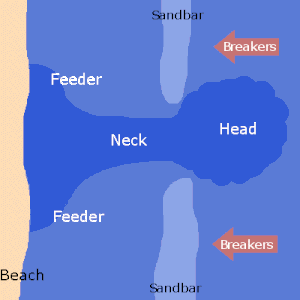Stars in some sports compete among themselves, rather than against their opponents
By George ILIEV
Research published in
Psychological Science finds a satiation threshold of stardom in various sports: having too many stars on a team often hampers the overall success of the team. In a sport like football (soccer), having more than 75% stars on the team turns out to be counter-productive. In basketball the threshold is even lower, at 60%.
When individual stardom turns into collective martyrdom
Having too many stars become a hindrance when the roles in a given sport are not highly specialised. Ten of the 11 players in a football (soccer) team run and kick the ball pretty much the same way. All five basketball players dribble and pass similarly.
On the other hand, in sports with highly specialised roles such as baseball (where one is using a bat and the other a glove), there is no harm in piling on more and more stars… until they fill up the night sky.
Game Theory explains internal competition within "zero-sum" games
When the roles in a team are not highly specific, as in basketball and football (soccer), play degenerates into an individualistic performance where each player views their activity within the team as a zero-sum game. This gives them an incentive to keep the ball longer, to the detriment of fellow team-mates who might be in a better position to score a goal. As a result, instead of competing against the “competition”, the team starts to compete within itself, leading to the poorer performance of "star-spangled teams".
On the other hand, in baseball the players have an incentive to cooperate all the time as each player’s success is a win-win for all team-mates (i.e. a non-zero sum game).
Competition trumps cooperation in the corporate tug-of-war
This sports analogy is directly observed in the business world. Consulting and investment banking teams composed of multiple star performers often fail when the team roles are homogeneous in design and start to overlap. This means a degree of hierarchy may actually make a team more productive: a team composed of a director, a manager, executives and coordinators divides the responsibilities and focus on different tasks, so the team members do not compete against each other. Otherwise, in a high-pressure environment, you end up hearing stories about one flight attendant hitting another with a tray in front of all passengers.
Two key take-aways:
1) To achieve team success, it is plainly not enough to have diversity of backgrounds; diversity of roles needs to complement team design.
2) When stars collide some teams lose out. And I am not talking astrology here. Rooney and Gerrard: take note!






